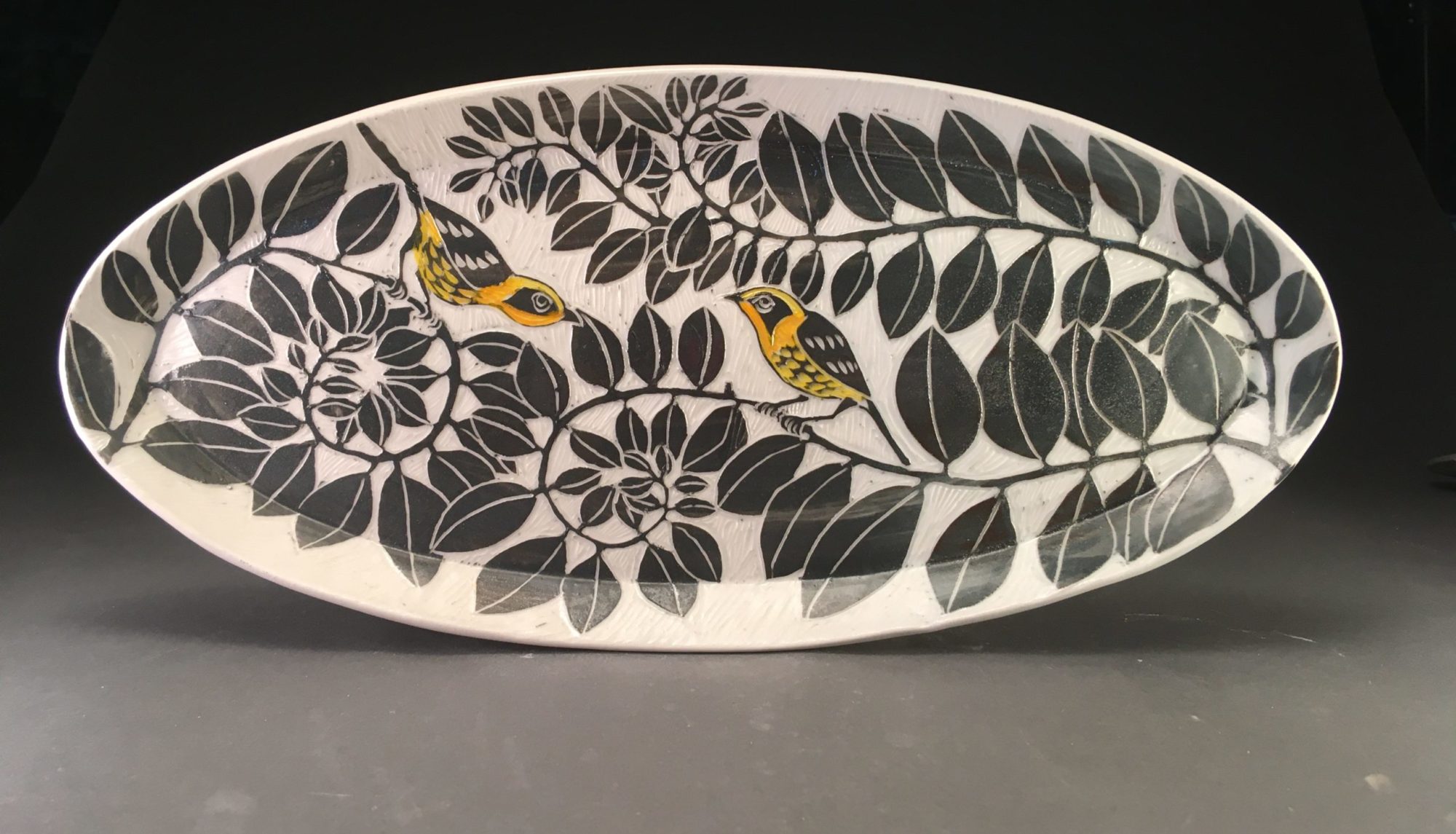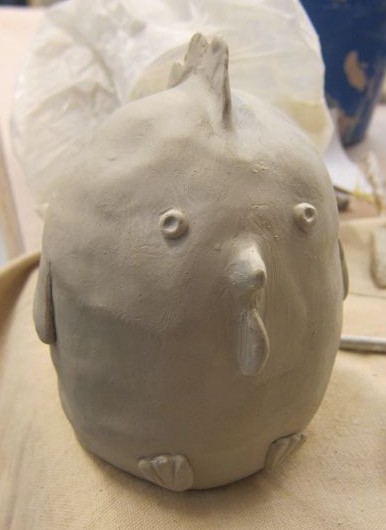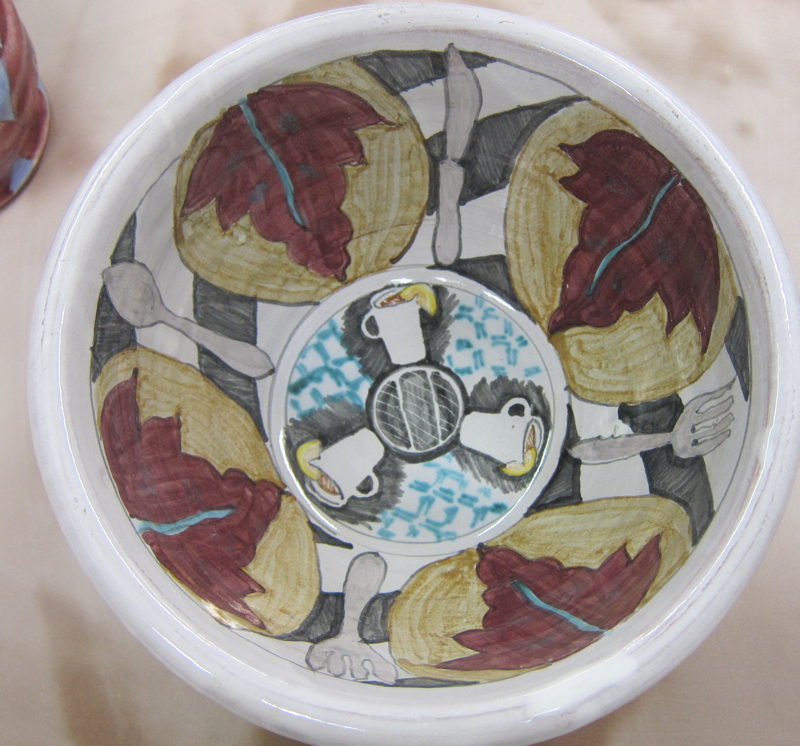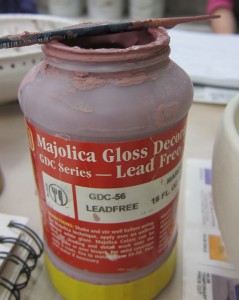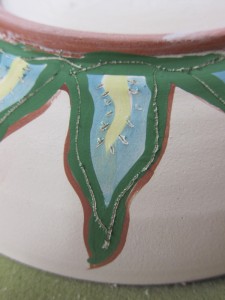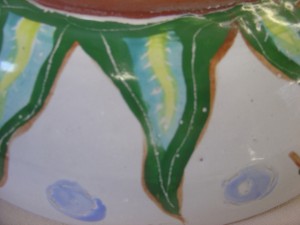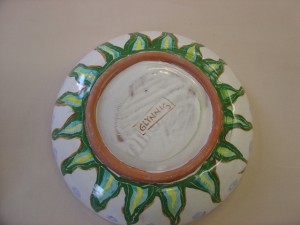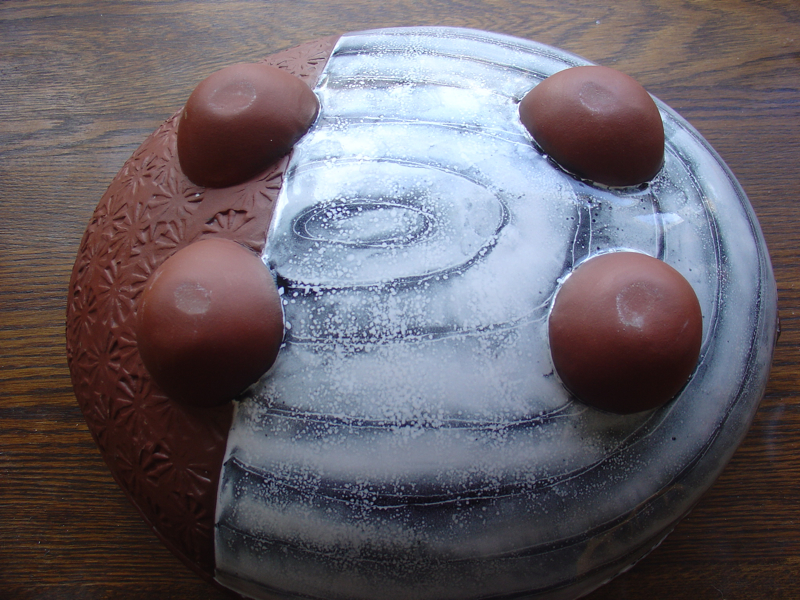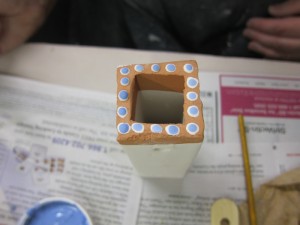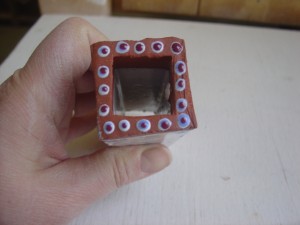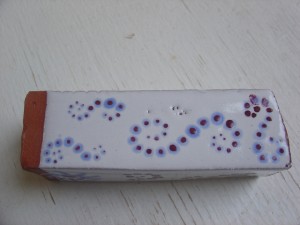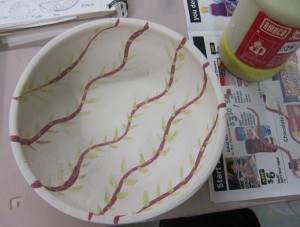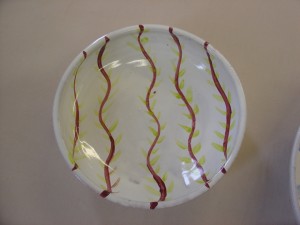First Time Hand Building
Class 1 Double Pinch Pots
I may have written about double pinch pots in the past- but this is for a first time hand-building class.
I did not know what level students would be at so I decided to start with the most basic skill. Yet double pinch pots can take you just about anywhere as evinced by the work my wonderful class made that day.
It is a pretty straight forward process; you start with two balls of clay of roughly equal size and make them both into pinch pots.
A really good tip here is to keep the rim thick by not squeezing it directly. It works quite well to squeeze below it.
After the pots are as evenly thin as you are able to make them, try them out “mouth to mouth” and see if they are the shape and size you need.
You can add a coil or two to one or both of them to make a larger hollow form. Eventually you will need to join them to each other.
Or not. Matthew decided not to join his two pots together and so he has a terrific lidded jar.
If you find it is collapsing, you can stuff newspaper inside. The paper will burn out in the kiln.
Once it is completely sealed and the air is trapped inside, you can roll it on the table almost as if it were a solid piece of clay to smooth it and shape it. Then parts may be added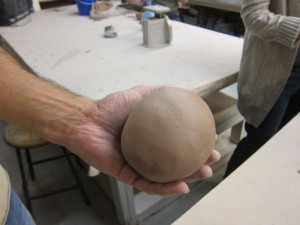
The shape doesn’t even have to be round. Nan made a turtle!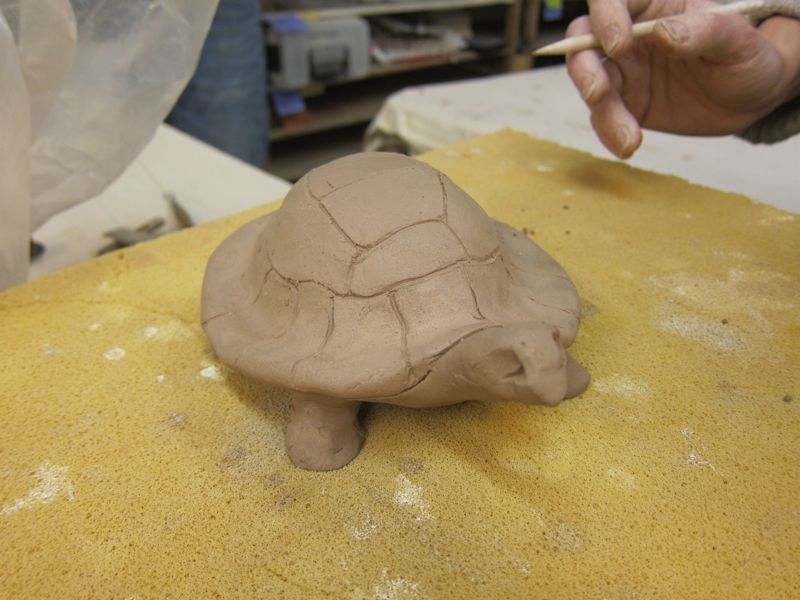
But if you decide to make a little sculpture like that or like Randy’s Owl here-

make sure you put a discreet hole in it somewhere so the air and moisture can escape and not blow up your piece!
If you decide to make a piggy bank like Kathryn’s
(this pig is clearly worried by the economic situation!)
or a chicken bank like Pam’s
or a Monkey jug like mine,

then the openings are built into the form and no little hole is needed.
The possibilities are endless- here are two pieces I’ve made in the past: a jar and a teapot.
What is good about this form is that it is inherently strong, the form lends itself to so many possibilities and beginners are able to make something that has quite a bit of volume.
